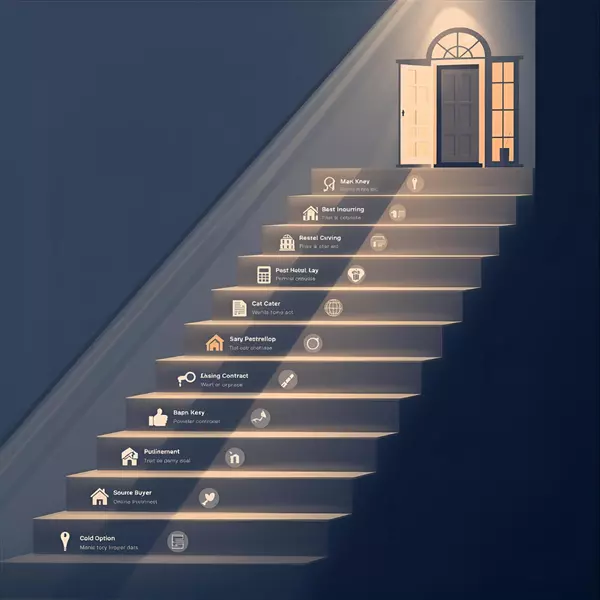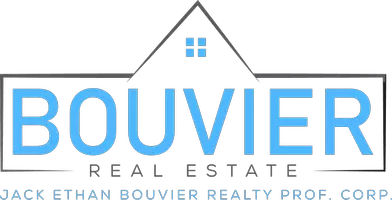How to Budget for Your Home Purchase: A Step-by-Step Guide
How to Budget for Your Home Purchase: A Step-by-Step Guide 🏡💰
Introduction: How Much House Can You Really Afford?
Buying a home is one of the most exciting milestones in life, but without the right budget, it can quickly turn into a financial nightmare.
How much house can you truly afford? The answer isn’t just about the purchase price—it’s about hidden costs, mortgage expenses, and long-term affordability.
In this guide, I’ll walk you through:
✅ How to analyze your finances before buying
✅ Hidden costs that surprise many homebuyers
✅ How to stay on track and confidently find a home within your budget
Let’s dive in! 🚀
1. Understanding Your Financial Picture
Before you start browsing homes, you need to understand your full financial situation.
🔹 Step 1: Calculate Your Monthly Income
✅ Add up all income sources (salary, bonuses, commissions, side hustles).
✅ Use a budgeting app or spreadsheet to track your cash flow.
📌 Pro Tip: Lenders look at consistent income when approving mortgages—make sure your reported income is stable.
🔹 Step 2: Assess Your Expenses
You don’t just need money for a mortgage—you need to budget for everything else in life too.
✔ Fixed Costs: Rent, car payments, student loans, insurance.
✔ Variable Costs: Groceries, gas, dining out, subscriptions.
📌 Example: If your monthly expenses are $3,000 and you earn $5,000, your disposable income is $2,000.
🔹 Step 3: Determine Your Debt-to-Income Ratio (DTI)
Lenders use your DTI to see how much debt you can handle.
📌 Formula:
Total monthly debt payments ÷ Gross monthly income = DTI
✔ Benchmark: Lenders prefer a DTI below 43% for mortgage approval.
2. Setting a Realistic Home-Buying Budget
Now that you understand your finances, it’s time to set a realistic home-buying budget.
🔹 Step 1: Follow the 28/36 Rule
📌 What’s the 28/36 Rule?
✔ Spend no more than 28% of your gross monthly income on housing expenses.
✔ Total debt (including housing) should not exceed 36% of your income.
📌 Example: If you earn $5,000/month, your housing budget should not exceed $1,400/month.
🔹 Step 2: Factor in ALL Homeownership Costs
Your mortgage isn’t the only expense—here’s what else you should plan for:
✔ Mortgage Payment – Includes principal + interest.
✔ Property Taxes – Typically 1%-2% of the home’s value annually.
✔ Homeowners Insurance – Averages $1,000-$1,500 per year.
✔ Utilities & Maintenance – Budget 1%-2% of the home’s value annually for upkeep.
📌 Pro Tip: Use a spreadsheet to track all costs and plan ahead.
🔹 Step 3: Save for a Down Payment & Closing Costs
✅ Down Payment: Aim for 20% down to avoid Private Mortgage Insurance (PMI).
✅ Closing Costs: Typically 3%-5% of the home’s price (for legal fees, inspections, etc.).
📌 Example: On a $300,000 home, a 20% down payment is $60,000.
3. Hidden Costs to Watch Out For
Many buyers get caught off guard by unexpected expenses.
🔹 Moving Expenses
Hiring movers or renting a truck can cost $1,000 - $5,000.
🔹 HOA Fees
Some neighborhoods or condos have monthly fees for maintenance & amenities.
Future Repairs & Upgrades
🔧 Homeownership means unexpected repairs—plan for:
✔ Roof leaks
✔ Appliance breakdowns
✔ HVAC system replacements
📌 Pro Tip: Create an emergency fund for home repairs before closing.
4. Getting Pre-Approved & Staying on Track
🔹 Step 1: Get Pre-Approved for a Mortgage
Pre-approval helps you:
✔ Know your borrowing power.
✔ Show sellers you’re a serious buyer in competitive markets.
📌 Pro Tip: Pre-approved buyers have an advantage over buyers who wait until later!
🔹 Step 2: Set Up a Home Buying Savings Plan
Automate monthly savings into a dedicated home fund.
📌 Example: If you save $1,000/month, you’ll have $12,000 saved in a year.
🔹 Step 3: Work with a Real Estate Agent
An experienced agent helps you:
✔ Find homes within your budget.
✔ Avoid overpaying or buying a home with hidden issues.
📌 Pro Tip: I specialize in helping buyers in Saskatoon find affordable, smart investments—let’s talk!
Final Thoughts: Budget Smart & Buy With Confidence
Budgeting for your home doesn’t have to be stressful—but it does take careful planning.
📊 Want expert advice on your home-buying budget?
I can help you:
✔ Understand your financial options
✔ Find homes that fit your budget & lifestyle
✔ Avoid costly mistakes
📞 Call me, Jack Bouvier, at (306) 370-6179 or check out the links below!
Let’s find your perfect home—without breaking the bank! 🚀
Categories
Recent Posts










GET MORE INFORMATION



